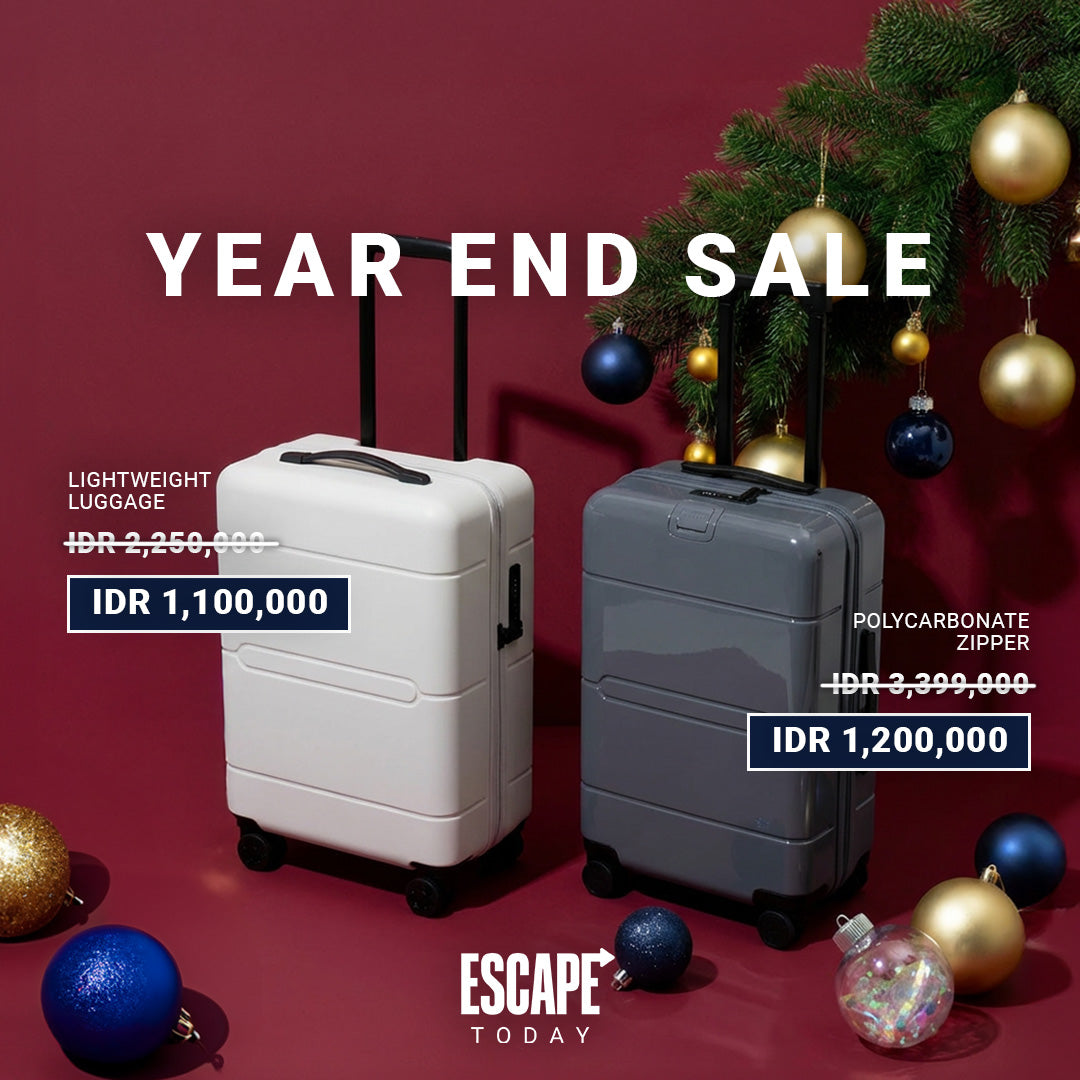Travel Light and Right with the Perfect Carry-On Bag

Not every bag is cabin-approved. There are rules around size, weight, and how many items you’re allowed to bring onboard. A lot of travelers still get caught off guard at the gate and end up checking their bags unexpectedly. To avoid last-minute hassle, it’s worth knowing both the general international standards and the specific rules set by your airline. Here's what to keep in mind.
Guidelines for Carry-On Bags
In general, passengers are allowed to bring a bag into the cabin. According to the International Air Transport Association (IATA), the ideal maximum size for a carry-on is 56 cm x 45 cm x 25 cm, including wheels and handles. The typical weight limit ranges between 7 and 10 kg, depending on the airline.
That said, IATA’s guidelines are just a starting point. Each airline has its own policy when it comes to size, weight, and the number of items allowed. Some airlines let you bring one main bag and one small personal item like a laptop bag or purse. Others are stricter and only allow one item total.
Even though global standards exist, you should always check the specific baggage rules of the airline you’re flying with. It’s a simple step that can save you a lot of time and frustration at the airport.
Carry-On Policies of Popular Airlines in Indonesia
Here’s a quick overview of carry-on bag rules for some of the most frequently used airlines in Indonesia.
|
Airline |
What You Can Bring |
Max Size for Main Bag |
Max Weight |
|
Garuda Indonesia |
1 cabin bag and 1 personal item |
56 x 36 x 23 cm |
7 kg |
|
AirAsia |
1 cabin bag and 1 small item (fits under seat) |
56 x 36 x 23 cm (main), 40 x 30 x 10 cm (small) |
7 kg total |
|
Lion Air |
1 cabin bag and 1 personal item |
40 x 30 x 20 cm |
7 kg |
|
Citilink |
1 cabin bag and 1 personal item |
56 x 36 x 23 cm |
7 kg |
|
Super Air Jet |
1 cabin bag and 1 personal item |
56 x 36 x 23 cm |
7 kg |
Most airlines allow you to bring two items, but make sure you’re staying within the allowed size and weight limits. On longer flights, airlines may be more strict due to space and safety concerns.
Where to Store Your Bag During the Flight
Once you're onboard, make sure you’re placing your bags in the right spot. Larger bags, like a small luggage or travel backpack, should go in the overhead compartment. Smaller items like a tote, crossbody, or laptop bag should be placed under the seat in front of you.
This isn’t just about keeping the space tidy. Proper bag placement keeps aisles clear, makes boarding smoother, and prevents injuries during turbulence or an emergency.
What to Pack in Your Carry-On Bag
In addition to meeting the size and weight limits, you also need to think about what goes inside your bag. In case your checked luggage gets delayed or misplaced, having these essentials in your carry-on can be a lifesaver.
- Travel documents like your passport, ID, boarding pass, and itinerary
- Electronics and chargers (phones, laptops, cameras, and power banks under 100 Wh)
- Personal medications, especially for allergies or medical conditions
- Hygiene items like hand sanitizer, wet wipes, and spare masks
- A change of clothes, especially if you have a layover or long flight
- Entertainment like a book, tablet, or headphones
- Snacks and an empty water bottle you can fill after security
Being prepared with the right essentials can make your flight a lot smoother and more comfortable.
If you’re looking for a carry-on bag that is functional and stylish, the All-Day Weekender is a great option. It fits easily in overhead compartments, comes with a trolley sleeve to attach to your luggage, and has just the right amount of space for everything you need. It’s the perfect travel companion for short getaways or business trips. Get ready for your next journey with Baller All-Day Weekender.













